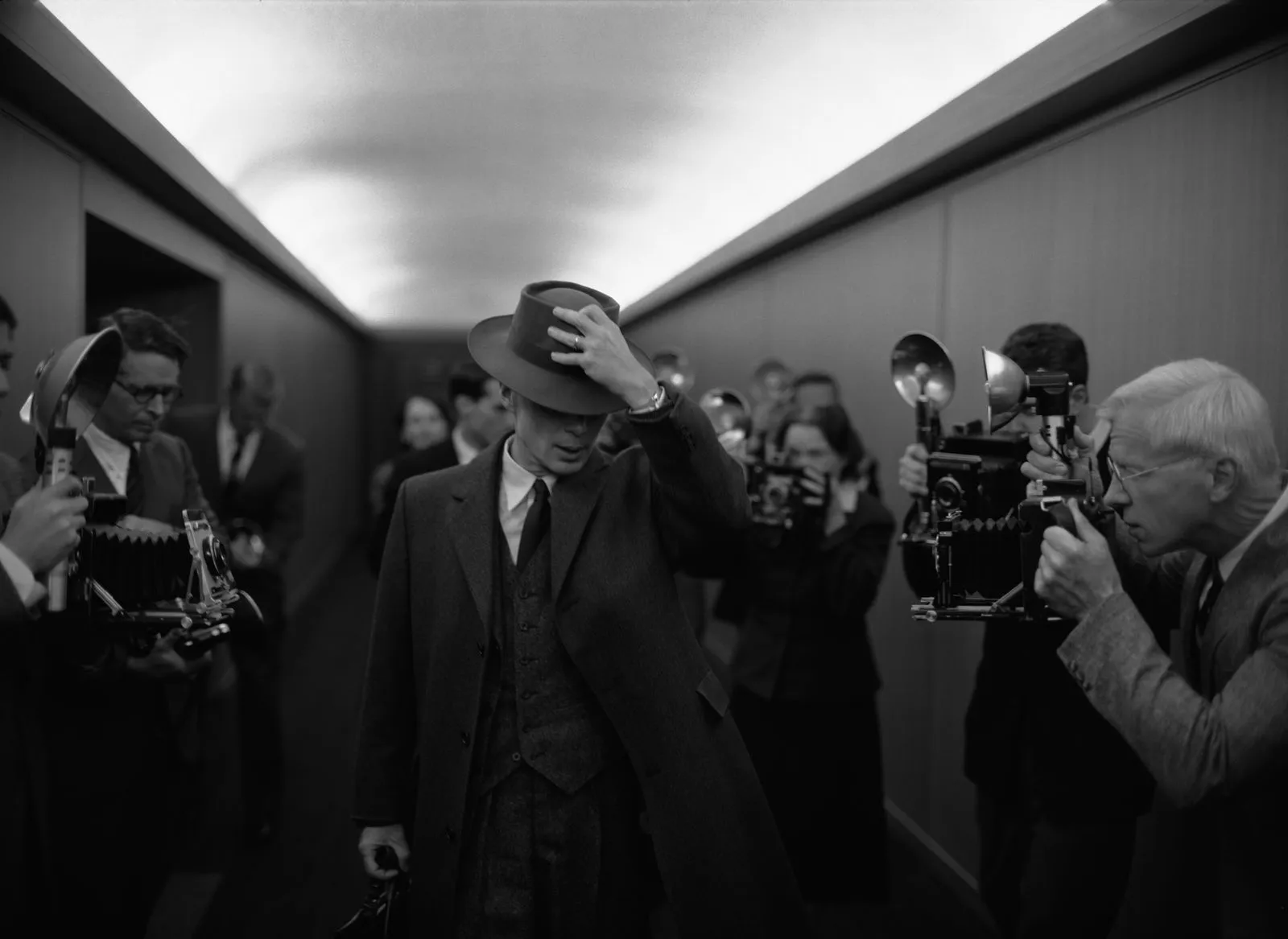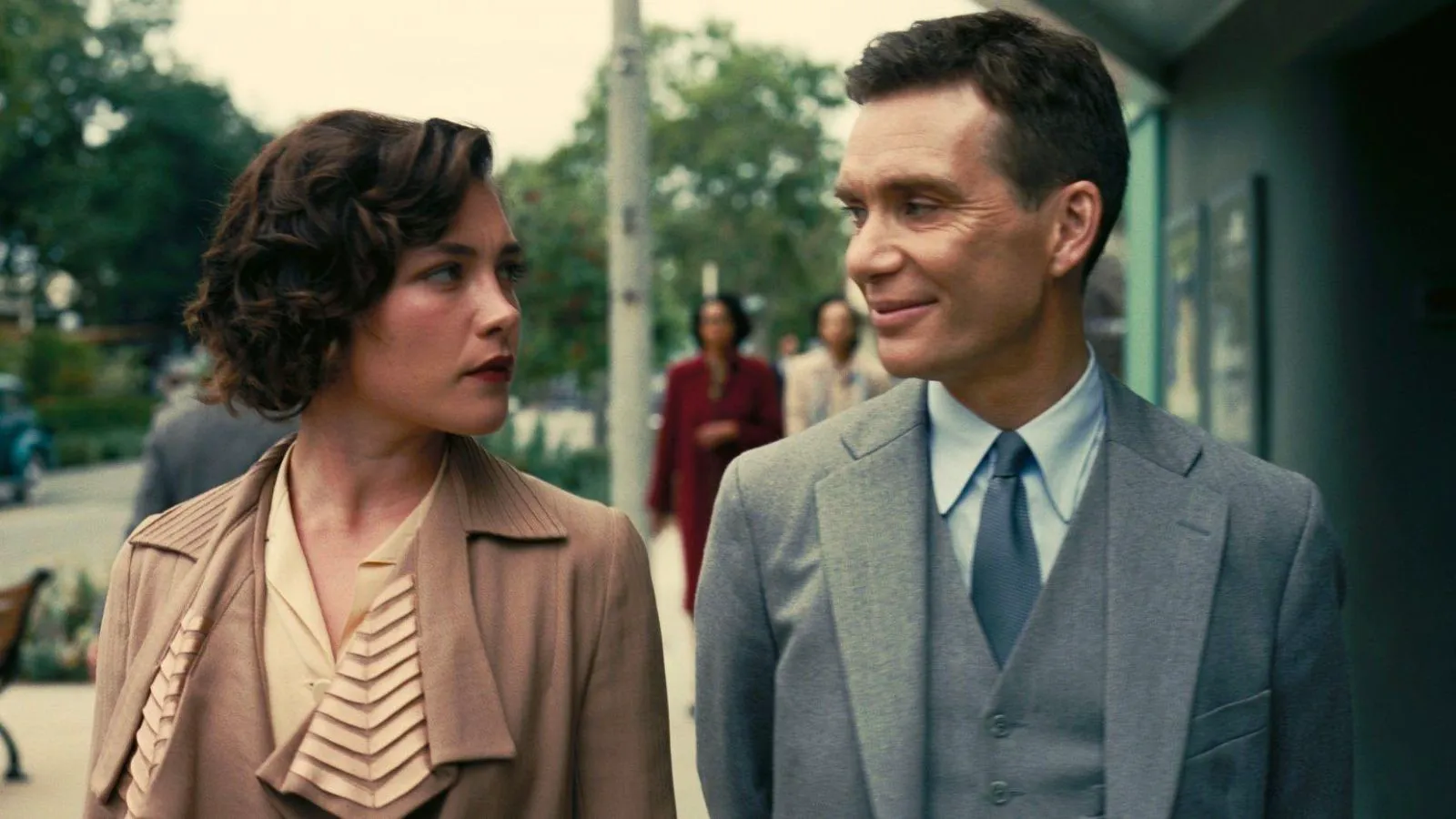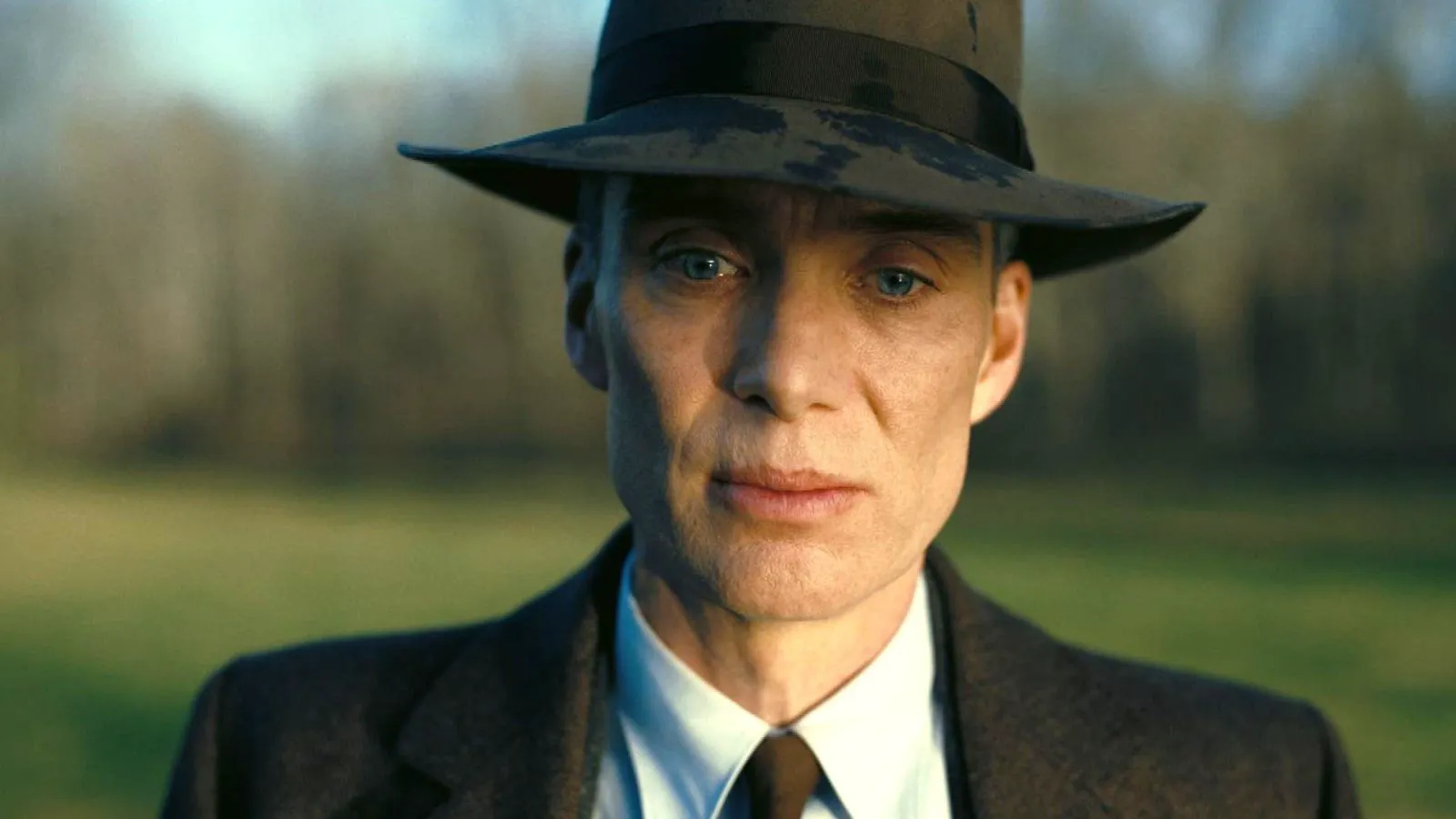Two of this summer’s biggest hits, the romantic comedy “Barbie” and the biographical opus “Oppenheimer,” surprisingly subvert audience expectations, ultimately proving to be quite different from what they initially appear. While the former evolves into a quintessential coming-of-age story, the latter transforms into a monotonous yet palpably unsettling film about the birth of a death star destined to claim tens of thousands of innocent lives. The figure of Robert Oppenheimer—a brilliant physicist, thinker, sociophobe, and a man utterly devoted to his work—couldn’t help but inspire Christopher Nolan, a director who, in the age of high technology, steadfastly adheres to the traditions of filmmakers of the past, still shooting on film and vehemently rejecting CGI. As always, in Nolan’s cinematic universe, there is no room for another genius, so he adapts the autobiographical book “American Prometheus: The Triumph and Tragedy of J. Robert Oppenheimer,” which serves as the basis for the “Oppenheimer” screenplay, himself.

Cillian Murphy as Robert Oppenheimer in a still from the film “Oppenheimer”
The first half of the film begins with a non-linear account of Robert Oppenheimer’s (Cillian Murphy) life: here he is, a diligent student at the prestigious University of Göttingen, a physics professor at Berkeley, the head of the Manhattan Project, an elusive lover, an unfaithful husband, an indifferent father, a national hero, a traitor to his country, and ultimately a man utterly disillusioned with his life’s work. The other, more compelling part of the runtime is dedicated to the creation of the atomic bomb itself, the fierce clashes of talented nuclear physicists, and the debates of faceless gray suits (starry cameos from the good brotherhood of Hollywood) in a large square room.

Florence Pugh as Jean Tatlock in a still from the film “Oppenheimer”
The controversial figure of Oppenheimer, which in Nolan’s visual text becomes more or less one-dimensional, is actually given not so much time. The action of “Oppenheimer” is constantly feverish from past to future and back to past, most of the life of the great physicist is shown fragmentarily - in the form of colorful, slightly overexposed memories against the background of textured autumn landscapes and spacious gray laboratories. No matter how Nolan tries to avoid quoting “Wikipedia,” the conventions of the biopic genre could not be avoided - the director selectively highlights certain parts of the main character’s tangled background and devalues others. The genius saves again on female characters: the drinking and weak-willed Kitty Oppenheimer (Emily Blunt) has only 15 minutes of screen time, and the permanently naked Jean Tatlock (Florence Pugh) even less. At the same time, Oppenheimer’s self-perception as a person who not only thinks reflexively, but is also excessively elevated above the transience of earthly life, is conveyed in the frame unmistakably accurately. Largely thanks to the deep, enthusiastic transformation of Cillian Murphy - an actor who seems to be born to play psychopathic personalities.

Robert Downey Jr. as Lewis Strauss in a still from the film “Oppenheimer”
There is no doubt that Robert Oppenheimer was a mentally unstable person, despite Nolan’s great efforts to morally justify the main character. At the same time, as the “villain” to his named “genius” Oppenheimer, the director opposes the American businessman Lewis Strauss (Robert Downey Jr. in one of his best roles), whose vision of what is happening is revealed in black and white frames. In fact, Nolan fails to achieve a confrontation at the level of “The Prestige,” where also two undoubtedly ambitious men revealed their dark sides. In “The Prestige,” the characters of Christian Bale and Hugh Jackman simply had somewhere to turn around, “Oppenheimer” in places resembles a large Hollywood communal apartment, the time in the frame is ranked according to the degree of fame of the actor (Nat Wolff and Jack Quaid, for example, got only background extras; Matthew Modine and Gary Oldman - a couple of brief, but strong monologues; Dane DeHaan and Rami Malek - a noticeable amount of time in the role of absolutely weightless characters).

Cillian Murphy as Robert Oppenheimer in a still from the film “Oppenheimer”
Uncompromisingly much runtime in the film only for the atomic bomb (around it are literally all the conversations) and the music of composer Ludwig Göransson (“Tenet”, “The Mandalorian”), which creates a sense of growing suspense. Expectedly, the main blockbuster of the summer does not have a single action scene, if not to consider the frighteningly silent moment of the first nuclear test “Gadget”, which will inevitably be followed by the dropping of “Little Boy” and “Fat Man” on Japanese Hiroshima and Nagasaki. Nolan consciously leaves this part of the story behind the scenes, refusing to turn the main tragedy of World War II into a bright cinematic attraction.
In the context of the Internet phenomenon “Barbieheimer”, Christopher Nolan’s picture looks like a dark version of Kenworld, where a group of paranoid men are trying to suppress, expose, morally and physically destroy each other. In the conditions of radical patriarchy, reason leads only to self-destruction, and the world turns into a restless, anxious funnel. One way or another, “Oppenheimer” is the perfect antipode to “Barbieland”, created in a clear deficit of love, trust and rose-colored glasses. Of course, you can still watch Nolan’s opus without these three components, but it’s generally not very interesting.